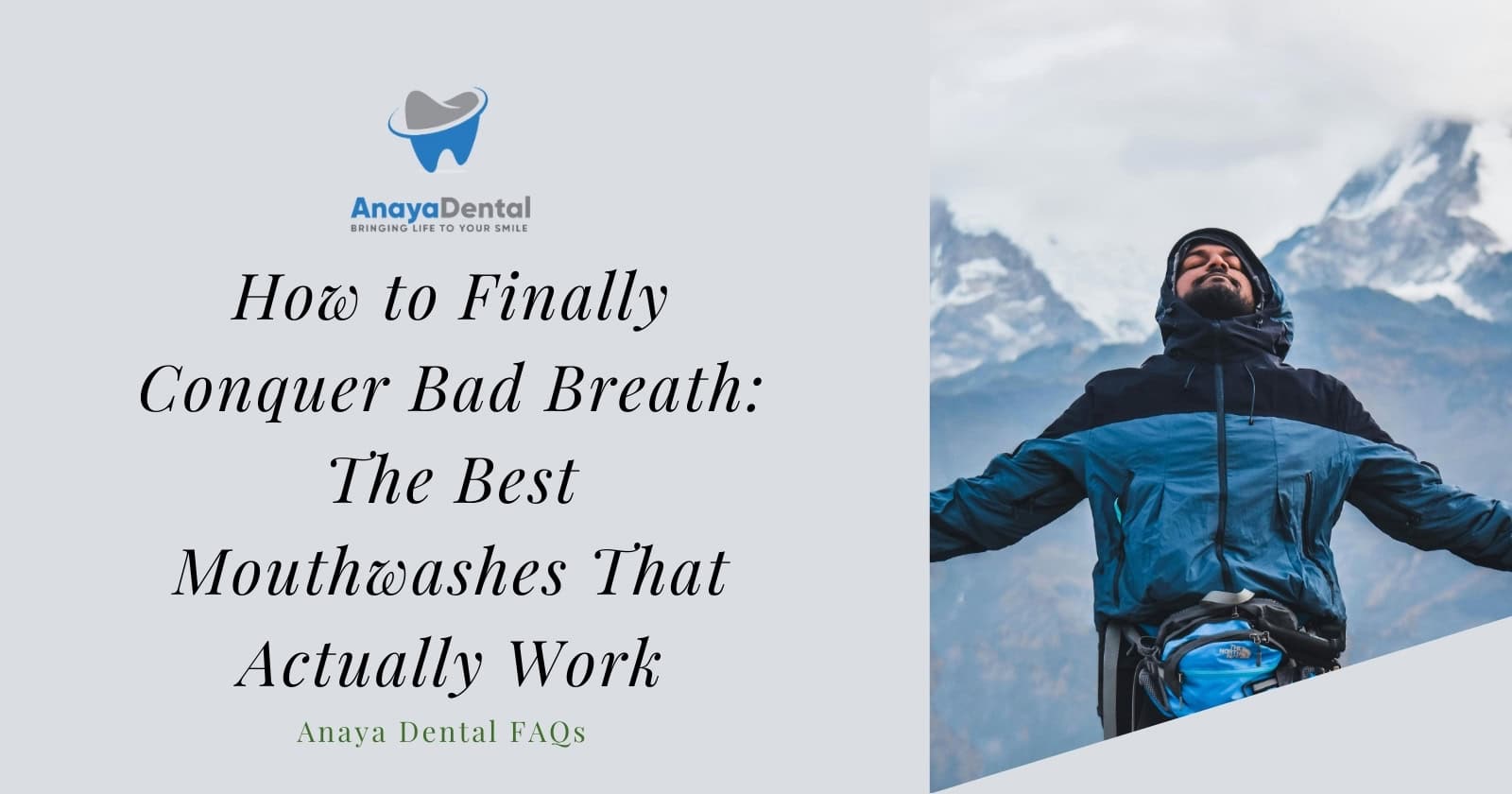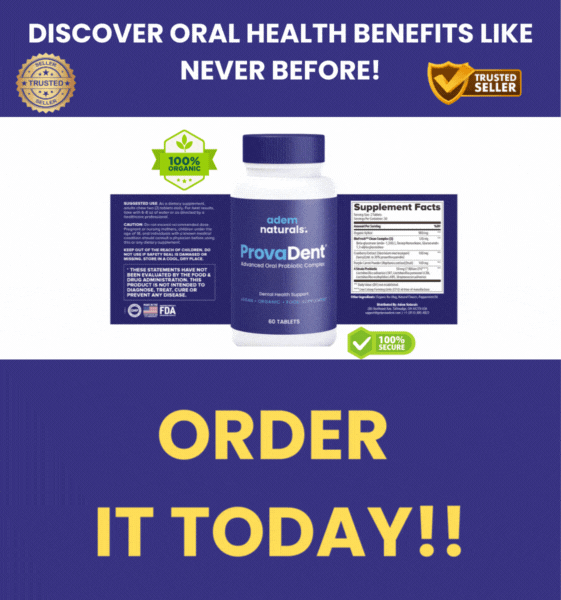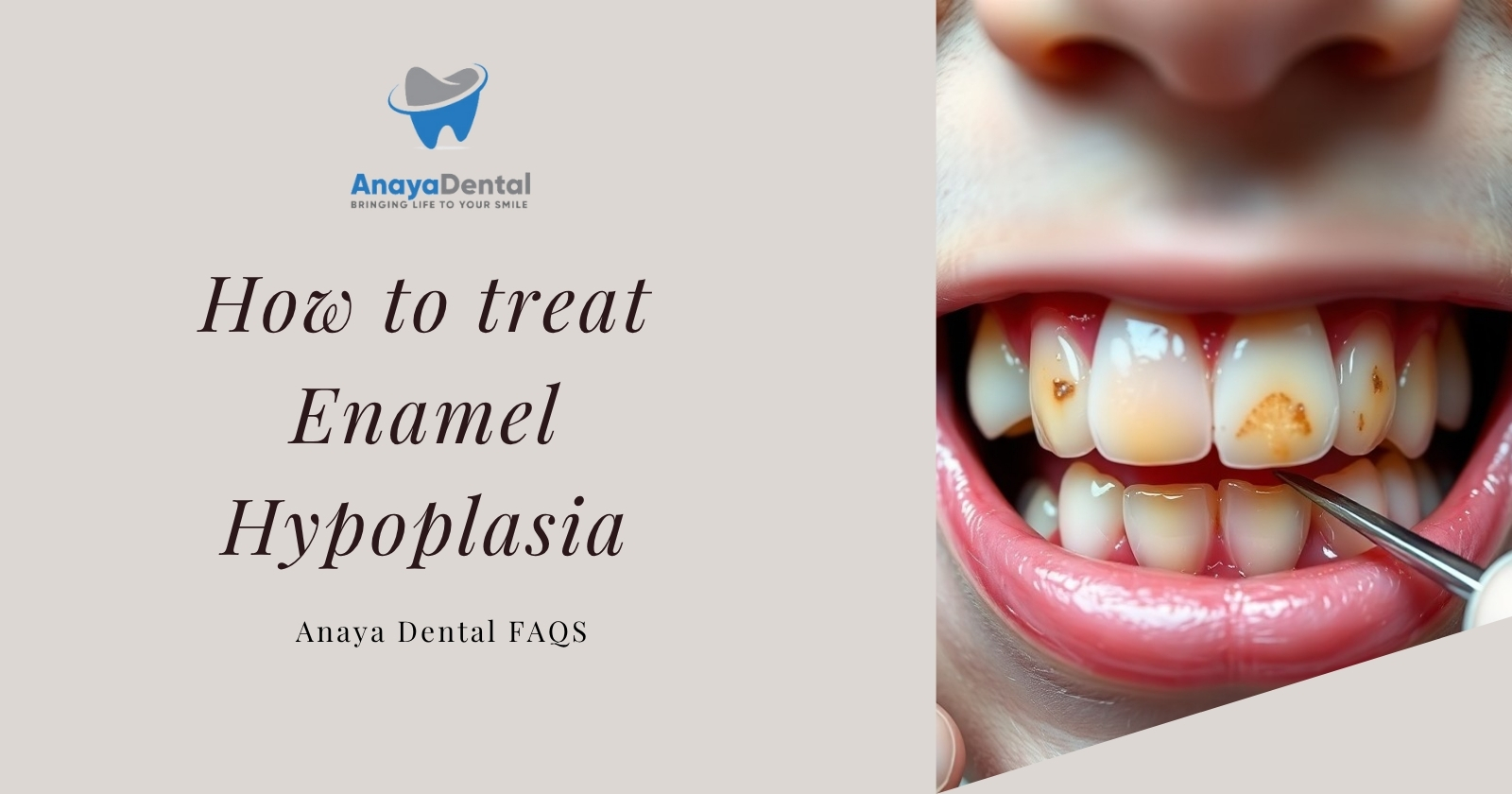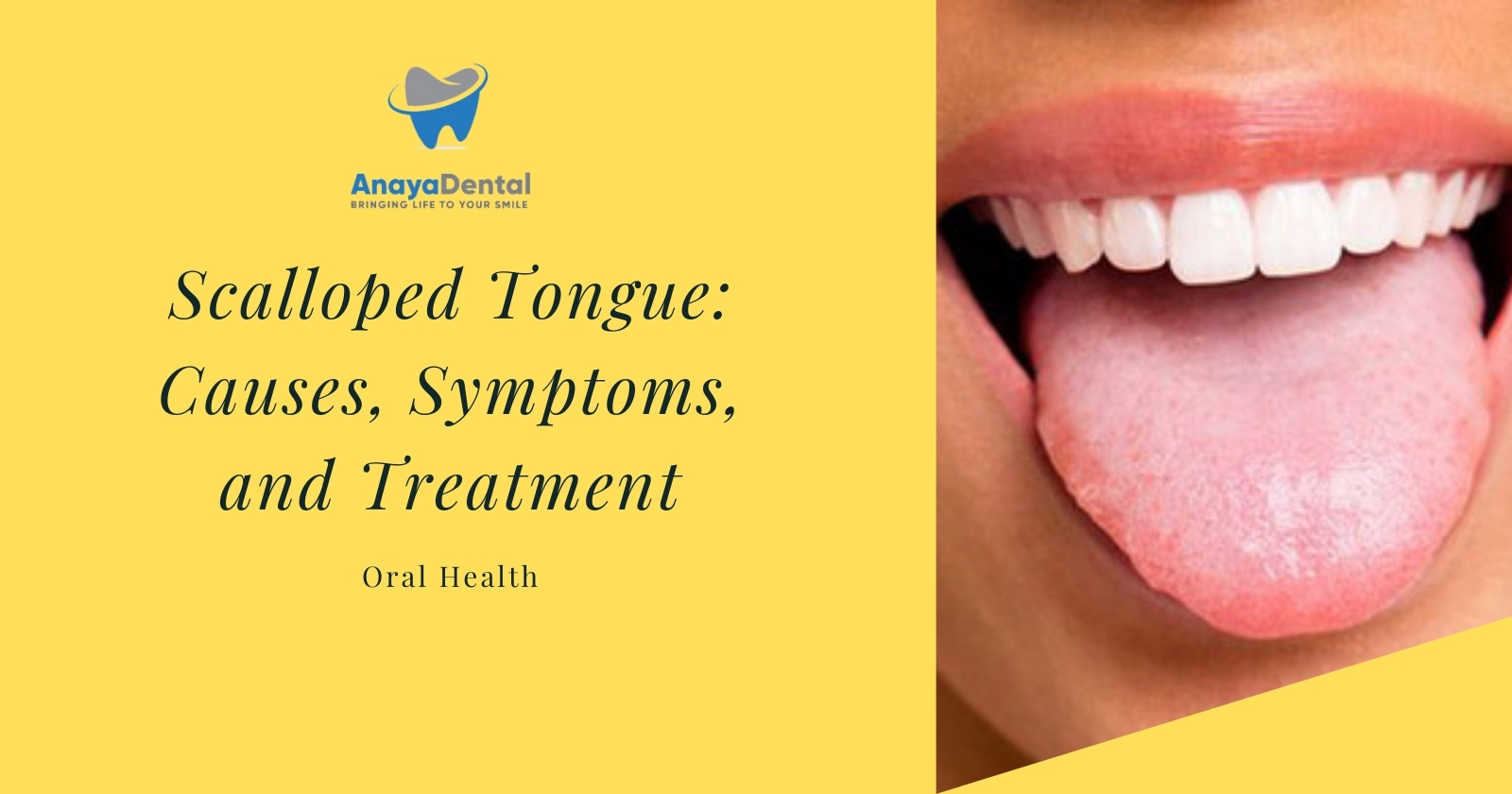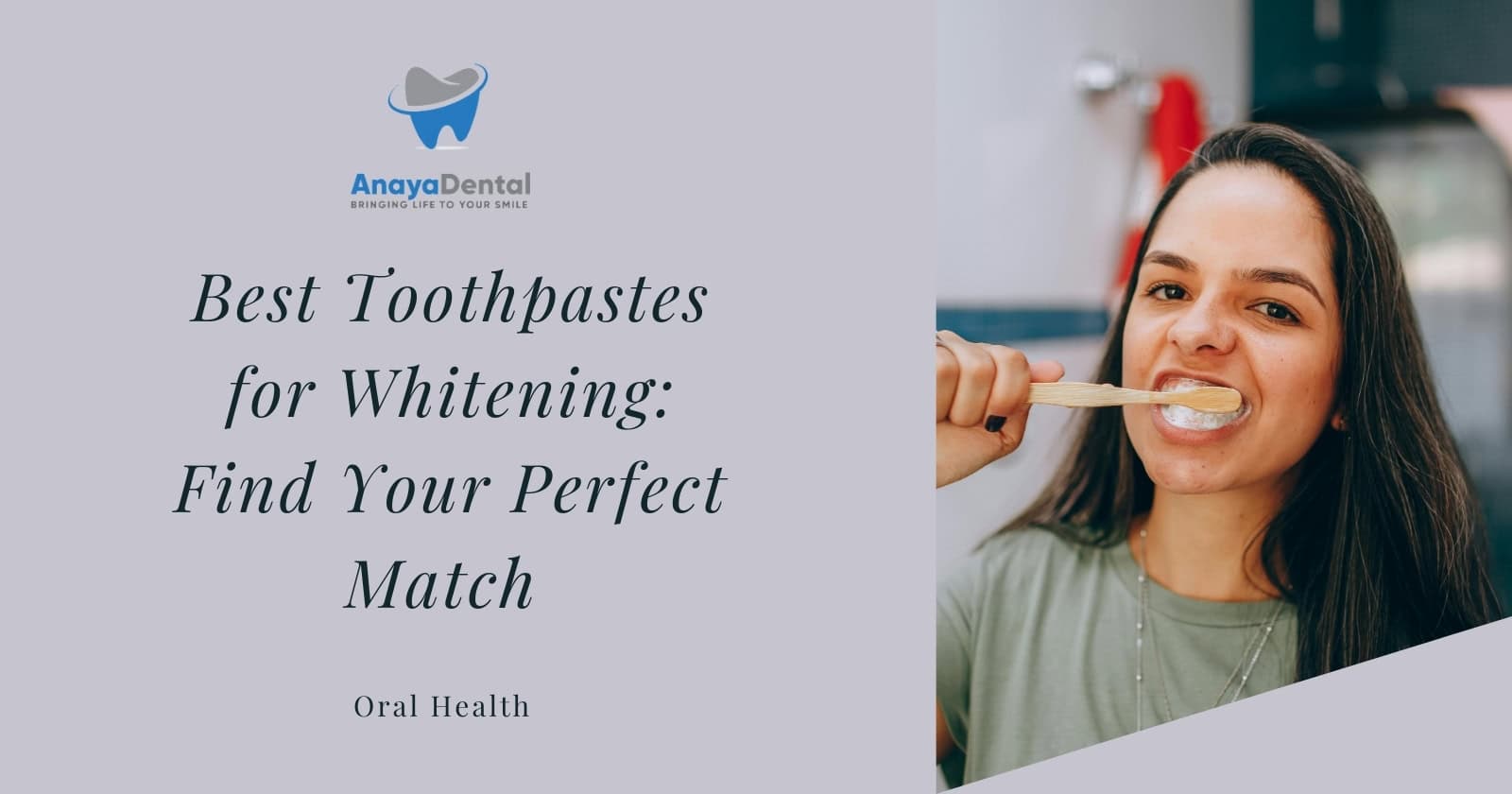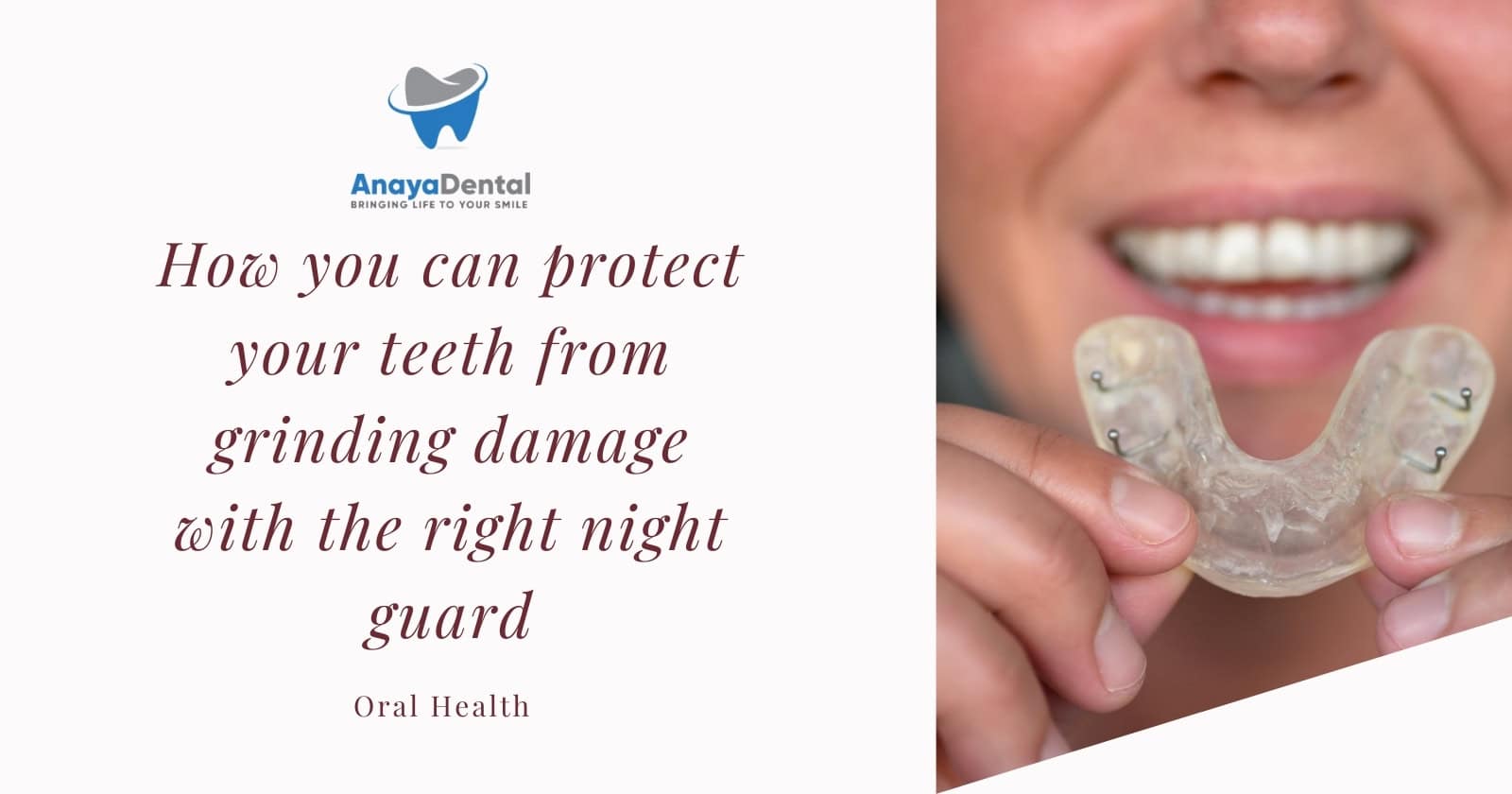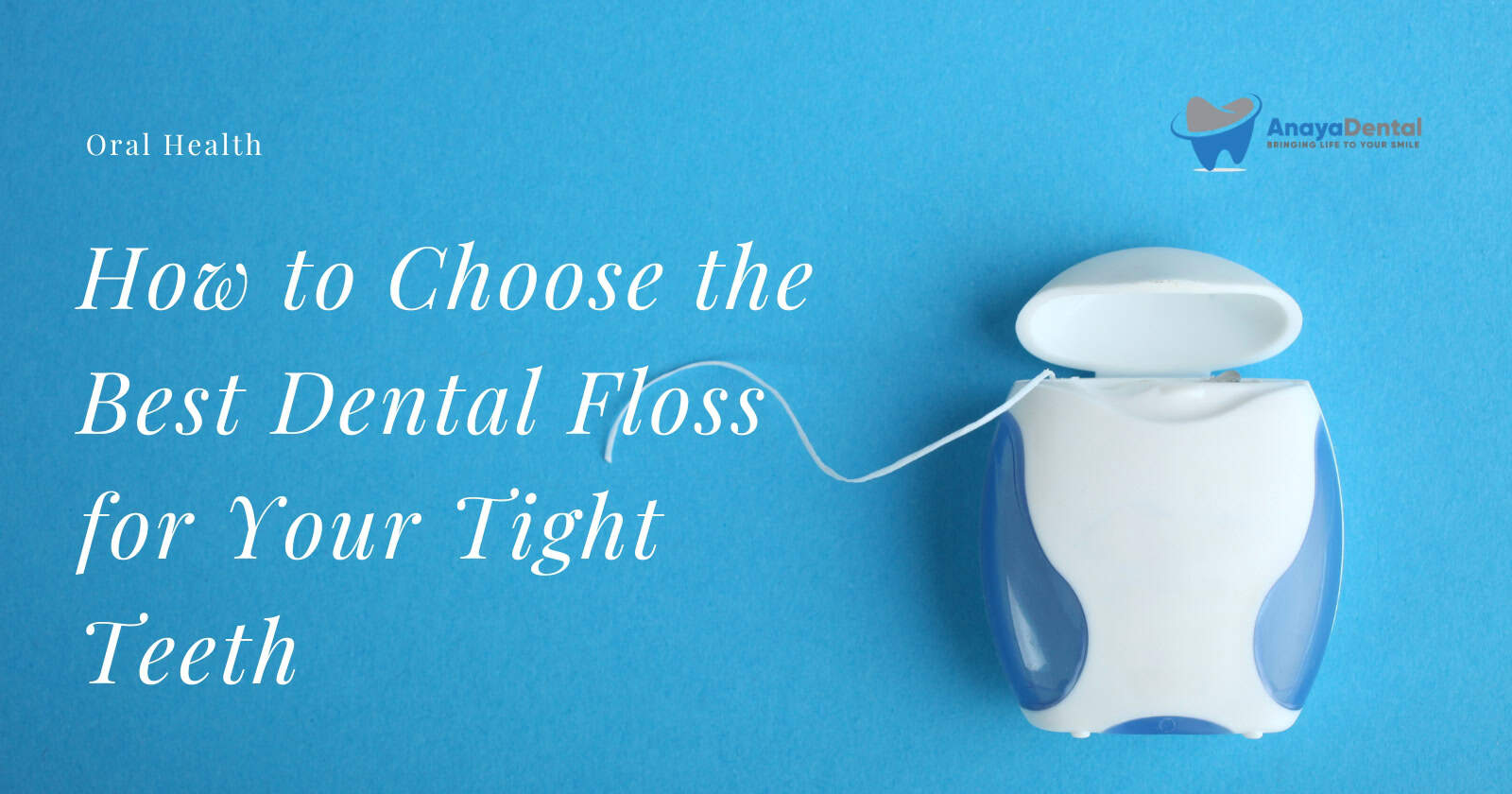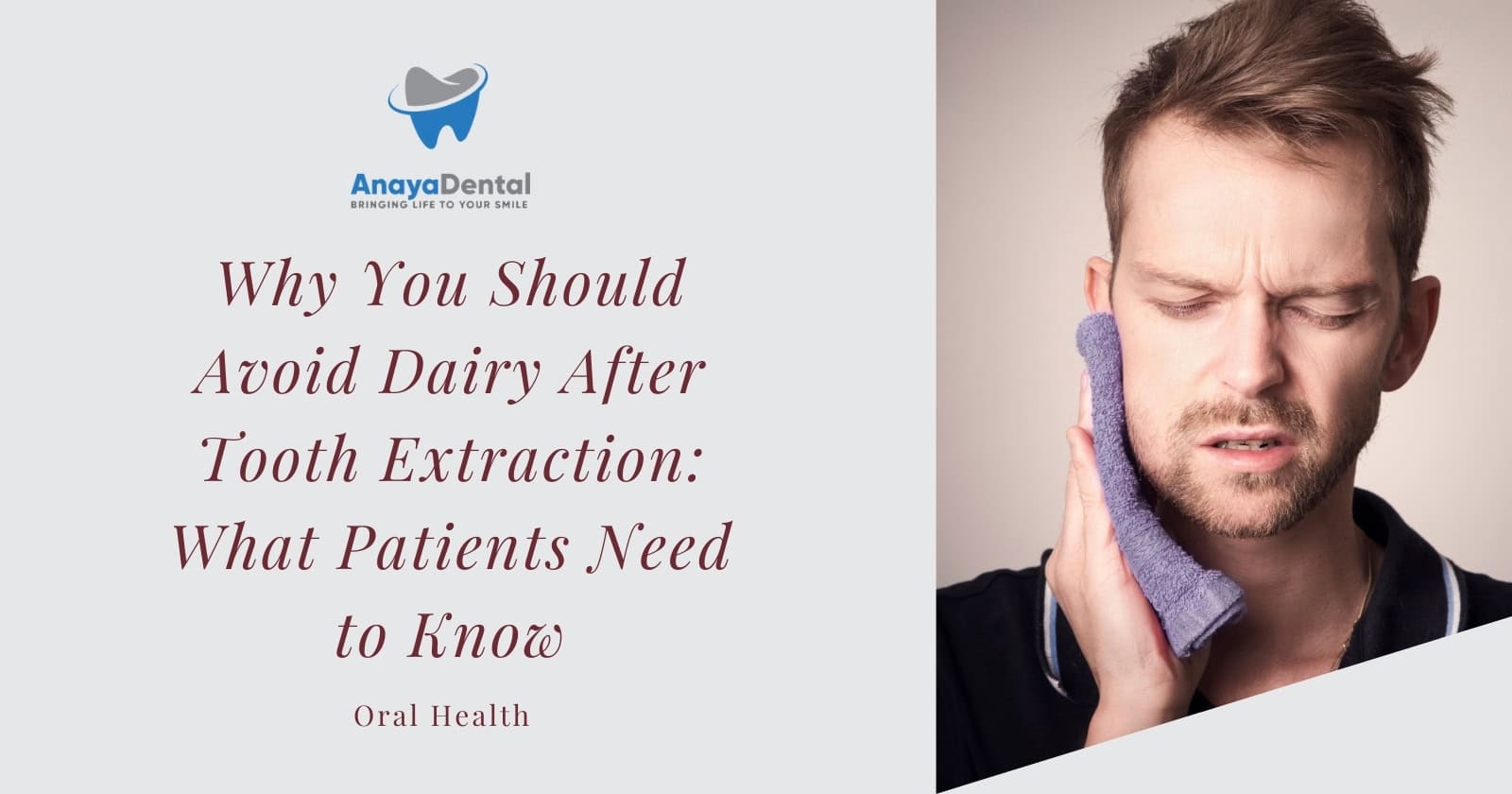Last week, my friend Marcus confided something that had been bothering him for months. Despite brushing twice daily and flossing regularly, colleagues were subtly keeping their distance during conversations. When his partner finally mentioned his persistent bad breath, Marcus felt embarrassed and confused—hadn’t he been doing everything right?
Like Marcus, millions of Americans struggle with halitosis (the medical term for bad breath), often despite maintaining what they believe is good oral hygiene. The missing piece of the puzzle? An effective therapeutic mouthwash that targets the actual cause of bad breath, not just temporarily masks it.
Why Your Breath Might Smell (Even When You’re Brushing Regularly)
Approximately 90 percent of bad breath originates in your mouth, not your stomach as many believe. The culprits are volatile sulfur compounds (VSCs)—hydrogen sulfide, methyl mercaptan, and dimethyl sulfide—produced when bacteria break down food particles, dead cells, and other debris in your mouth.
Try Our Dental Calculators
“Bad breath is primarily caused by oral bacteria that produce sulfur compounds,” explains Dr. Michael Chen, DMD, a specialist in oral pathology. “These bacteria thrive in areas that aren’t reached by your toothbrush, particularly the back of your tongue and between teeth.”
This is where the right mouthwash becomes crucial—it can reach places your toothbrush can’t and contains ingredients specifically designed to neutralize odors or kill the bacteria causing them.
What Makes a Mouthwash Effective Against Bad Breath?
Not all mouthwashes are created equal when it comes to fighting halitosis. According to dental hygienist Patricia Lawson, RDH, “The difference between cosmetic and therapeutic mouthwashes is significant. Cosmetic options merely mask odor temporarily, while therapeutic formulations address the root causes of bad breath.”
The most effective mouthwashes for bad breath contain at least one of these key ingredients:
Bacteria-Fighting Ingredients
- Chlorhexidine: A powerful antiseptic commonly found in prescription-strength mouthwashes for treating severe halitosis and gum disease
- Cetylpyridinium Chloride: Provides antigingivitis and antiplaque benefits
- Essential Oils (like those in Listerine): Offer antimicrobial benefits
Odor-Neutralizing Ingredients
- Zinc Compounds: Zinc ions bind to sulfur compounds, neutralizing bad odors at their source
- Chlorine Dioxide: Studies show significant improvements in breath freshness with regular use
The 7 Best Mouthwashes for Battling Bad Breath
1. TheraBreath Fresh Breath Oral Rinse

Best for: Chronic bad breath
Key ingredient: Oxygenating compounds
Pros: Alcohol-free, targets sulfur-producing bacteria
Approximate cost: $15-20 for a two-pack
TheraBreath’s powerful oxygenating formula specifically targets the anaerobic bacteria responsible for producing VSCs. Clinical studies have shown it can provide up to 24 hours of fresh breath when used as directed.
2. Listerine Cool Mint Antiseptic Mouthwash

Best for: Daily maintenance
Key ingredient: Essential oils (thymol, eucalyptol, methyl salicylate, menthol)
Pros: Proven effectiveness, ADA-approved
Approximate cost: $5-7 per bottle
A longtime favorite, Listerine offers 5x greater cleaning power versus brushing and flossing alone, according to clinical studies. Its essential oil formula kills germs that cause bad breath while providing a distinctly fresh sensation.
3. SmartMouth Clinical DDS Activated Mouthwash
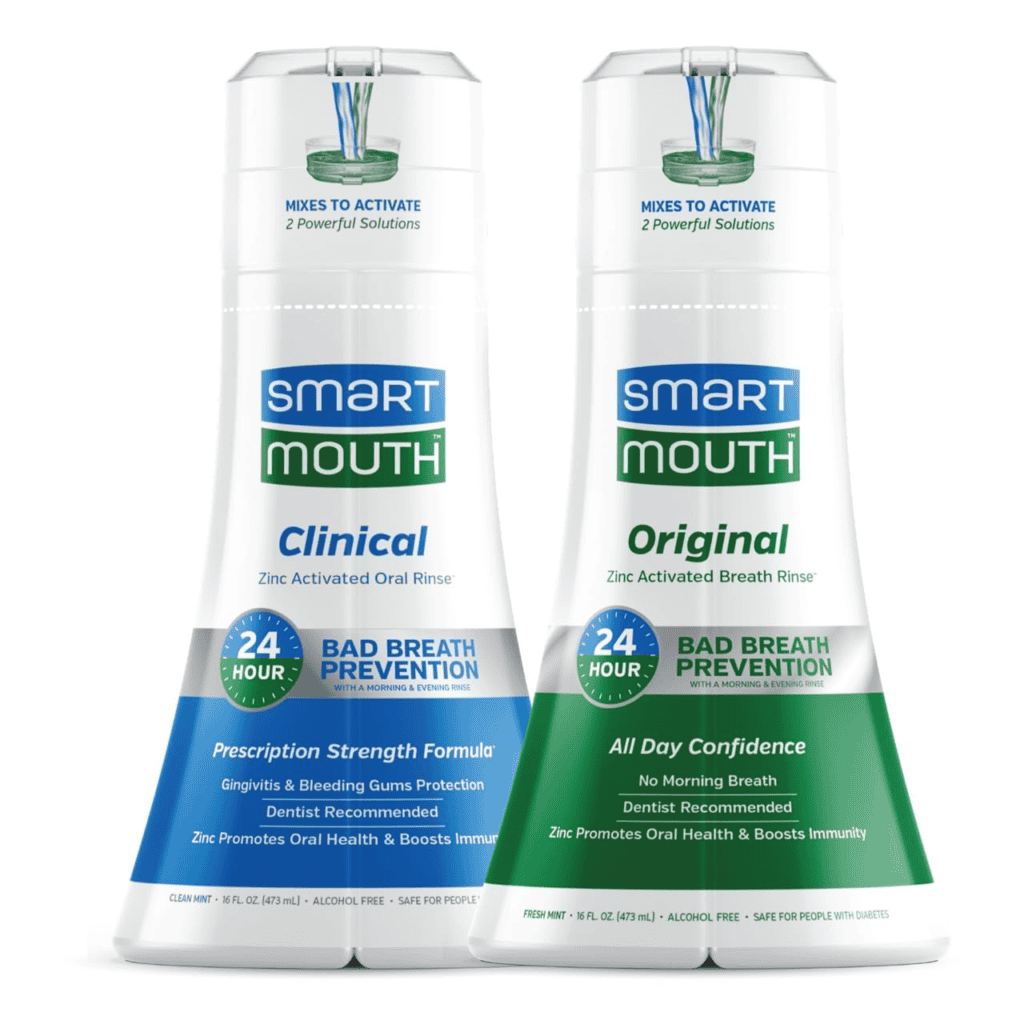
Best for: Long-lasting protection
Key ingredient: Zinc ion technology
Pros: Unique two-chamber system, prevents bad breath for 12 hours
Approximate cost: $12-15 per bottle
“SmartMouth’s zinc ion technology is particularly effective because it prevents the formation of sulfur gases rather than just masking them,” notes Dr. Chen. The innovative two-chamber design keeps ingredients separate until use, maximizing potency.
4. CloSYS Non-Irritating Rinse
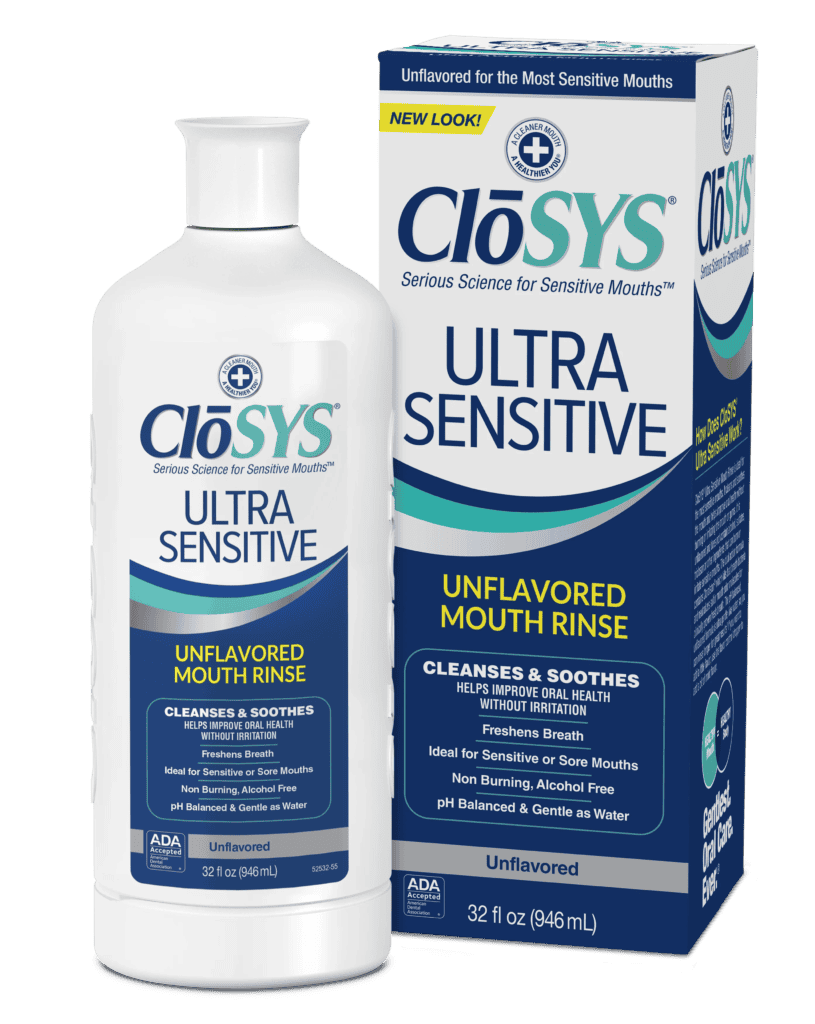
Best for: Sensitive mouths
Key ingredient: Chlorine dioxide
Pros: Alcohol-free, pH-balanced, non-irritating
Approximate cost: $10-12 per bottle
The American Dental Association notes that CloSYS is “safe and has shown efficacy in helping to reduce bad breath.” Its gentle formula makes it ideal for those with sensitive gums or mouth ulcers.
5. Colgate Total Advanced Pro-Shield Mouthwash
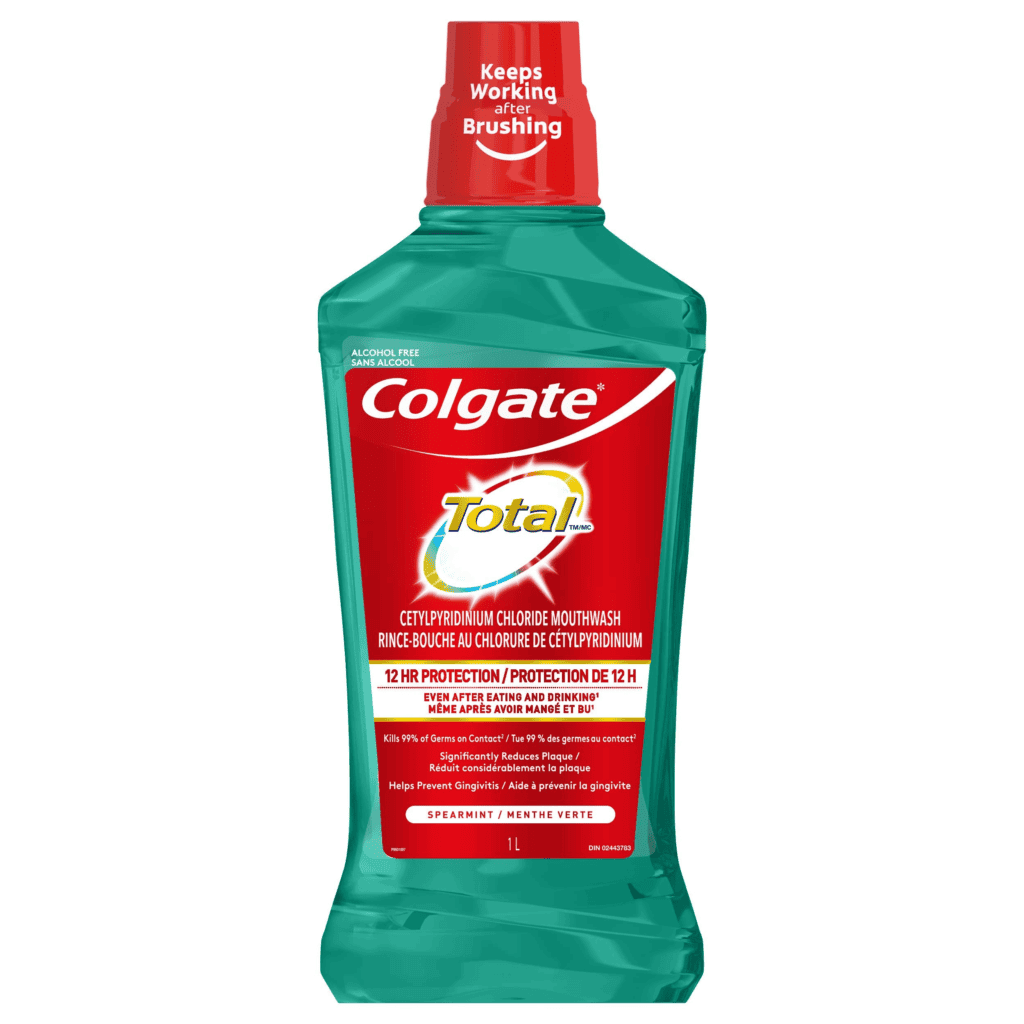
Best for: Plaque control plus breath freshening
Key ingredient: Cetylpyridinium chloride
Pros: Alcohol-free, offers 12-hour protection
Approximate cost: $5-7 per bottle
This dual-action formula not only freshens breath but also reduces 24% more plaque than brushing and flossing alone, helping address a common underlying cause of bad breath.
6. Biotene Fresh Mint Moisturizing Oral Rinse
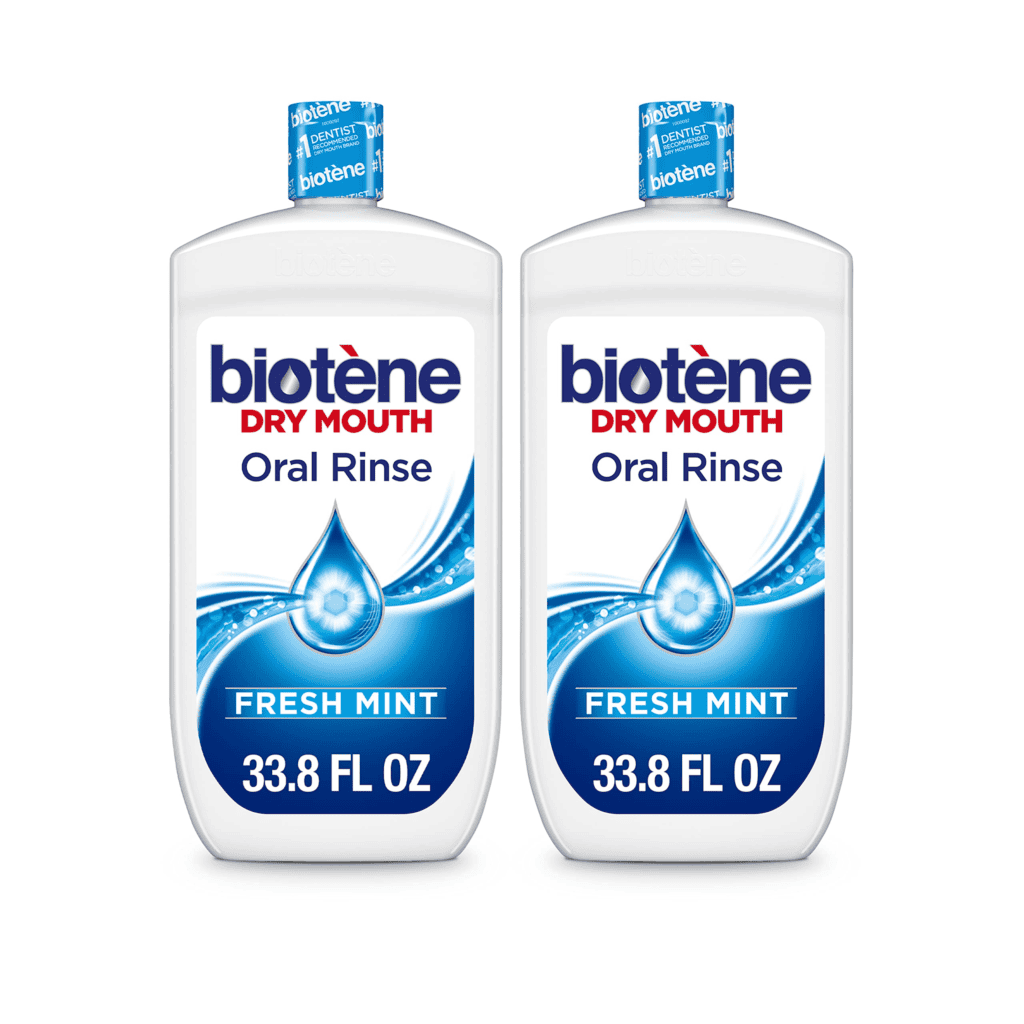
Best for: Dry mouth sufferers
Key ingredient: Enzyme system
Pros: Specifically formulated for dry mouth, alcohol-free
Approximate cost: $8-10 per bottle
“Dry mouth is a significant contributor to bad breath,” explains Patricia Lawson, RDH. “When saliva production decreases, bacteria multiply more rapidly, leading to increased VSC production.” Biotene helps restore moisture while freshening breath.
7. Tom’s of Maine Whole Care Mouthwash

Best for: Natural/herbal preference
Key ingredients: Natural oils, xylitol
Pros: No artificial colors, preservatives, or sweeteners
Approximate cost: $6-8 per bottle
This natural option provides a gentle yet effective solution for those preferring plant-based ingredients. The xylitol helps prevent bacteria from sticking to teeth while natural oils provide freshness.
How to Get Maximum Benefits from Your Mouthwash
Using mouthwash correctly makes a significant difference in its effectiveness:
- Use the recommended amount (typically 20ml or 4 teaspoons)
- Rinse vigorously for the full 30 seconds—many people cut this time short
- Swish the liquid throughout your entire mouth, including the back where odor-causing bacteria often hide
- Do not rinse with water afterward to allow active ingredients to continue working
- For best results, use mouthwash after brushing and flossing
- Use twice daily, typically morning and night
When Mouthwash Alone Isn’t Enough
While the right mouthwash can dramatically improve breath freshness, persistent bad breath may signal underlying issues:
- Gum disease: Inflammation and infection can cause chronic bad breath
- Tonsil stones: Calcified debris that collect in tonsil crypts
- Dry mouth: Caused by medications, medical conditions, or breathing through the mouth
- Medical conditions: Diabetes, liver or kidney disease, sinus infections
“If you’re using a quality therapeutic mouthwash correctly and still experiencing persistent bad breath, it’s time to see your dentist,” advises Dr. Chen. “It could be a sign of a more serious condition that requires professional treatment.”
Cost vs. Benefit: Is Premium Mouthwash Worth It?
While budget options start around $5, premium mouthwashes can cost $15-20 per bottle. Is the difference worth it?
“Some patients see dramatic improvement with specialized formulas like TheraBreath or SmartMouth,” says Patricia Lawson, RDH. “For those with chronic halitosis, the additional cost is often justified by the results and increased confidence.”
However, for many people, a quality antiseptic mouthwash like Listerine provides sufficient protection when used as part of a complete oral care routine.
Quick Review
- Best overall for chronic bad breath: TheraBreath Fresh Breath Oral Rinse
- Best budget-friendly option: Listerine Cool Mint Antiseptic Mouthwash
- Best for sensitive mouths: CloSYS Non-Irritating Rinse
- Best for dry mouth: Biotene Fresh Mint Moisturizing Oral Rinse
- Best natural option: Tom’s of Maine Whole Care Mouthwash
Remember that mouthwash works best as part of a complete oral hygiene routine that includes brushing twice daily, flossing, and regular dental check-ups. The right mouthwash can be the final piece in your fresh-breath puzzle, giving you the confidence to speak, laugh, and interact without worry.
Sources: Journal of Clinical Dentistry. “Effectiveness of Chlorine Dioxide-Containing Mouthwash in Oral Malodor Reduction.” https://pmc.ncbi.nlm.nih.gov/articles/PMC9836286/
